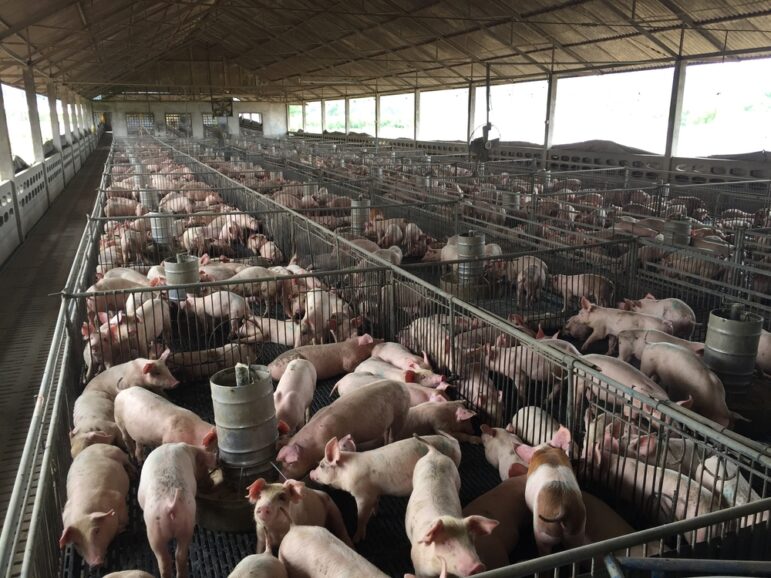

Photo: Pixabay
Document of the Day: Resilience in Difficult News Environments
 Thriving as a digital publisher is a challenge anywhere, but those in lower-income countries and in repressive media environments face additional hurdles. A new report by the World Association of Newspapers and News Publishers (WAN-IFRA) looks at the experiences of 54 digital publishers in East Africa, South Africa, Jordan, Egypt, Palestine, the Philippines, Malaysia, Indonesia, Ecuador, Mexico, and Colombia, all of which were participants in the organization’s Strengthening Media and Society program.
Thriving as a digital publisher is a challenge anywhere, but those in lower-income countries and in repressive media environments face additional hurdles. A new report by the World Association of Newspapers and News Publishers (WAN-IFRA) looks at the experiences of 54 digital publishers in East Africa, South Africa, Jordan, Egypt, Palestine, the Philippines, Malaysia, Indonesia, Ecuador, Mexico, and Colombia, all of which were participants in the organization’s Strengthening Media and Society program.
The report, Unlocking Journalism Resilience, focuses on factors that contribute to resilience in these “flawed markets,” including:
- Networks and partnerships. Publishers reported that collaborations and professional networks helped them in many ways, but “some raised cautions that media organization networks were mostly from the authorities, or that insights from professional networks did not always permeate the entire organization.”
- Organizational operations. Many said they used analytics for real-time feedback. The report notes: “Three publishers reported the positive impact of installing monitors showing story performance statistics to inform journalists about which stories were being most read. The public display allowed journalists to see story performance in real time, select headlines, performance by subject and writer, audience engagement and retention.” And in the Philippines, “Newsline.ph had tied the revenue plan directly to place-based metrics which are used to indicate to potential advertisers reach and impact.” Meanwhile, convergence between print and online (or radio and online) occurred at varied paces, with some outlets creating special labs to innovate in digital storytelling.
- Digital content production. Publishers diversified their output across print, websites, blogging platforms, and social media. Several sites experimented with data journalism, “credited with boosting user engagement time on sites.” Some invested in new equipment for their reporters to produce multimedia content, but “others faced barriers to advanced digital storytelling including content management systems ill-equipped to carry complex data journalism and financial resource limitations.”
- Audience engagement. In these markets, topics like social justice and press freedom saw high levels of engagement. “Initiatives to boost audience engagement happened online by producing original content and encouraging readers to contribute their views on press freedom. Audiences were notably passionate about social justice issues, matters of privacy, corruption, and big crimes and expressed themselves across platforms when such issues were covered.” In South Africa, GroundUp “launched community meet-and-greets, outreach events where they visit the communities covered on the site with a printed newsletter of example stories to boost digital followers.”
WAN-IFRA’s report also looks at revenue models, including classified advertising, advertising networks, display advertising, sponsored content, and membership and subscription models.
Check out the full report here.









